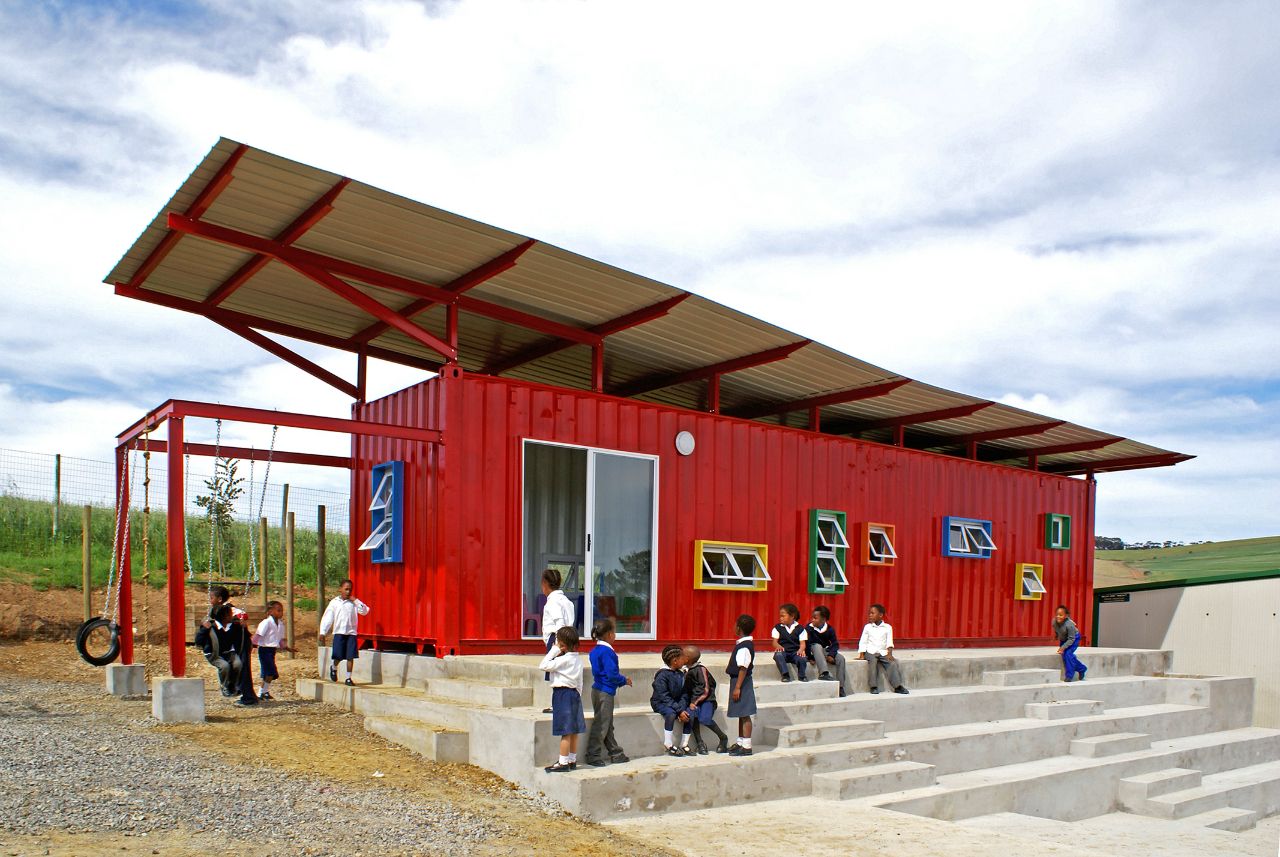
The Dynamic Nature of Shipping Container Classrooms
The Dynamic Nature of Shipping Container Classrooms
Hey there! Have you ever wondered how shipping containers can be transformed into vibrant, innovative spaces? Well, today I want to talk to you about the dynamic nature of shipping container classrooms. These unique spaces are not only aesthetically pleasing but also provide a sustainable and cost-effective solution for educational institutions. So, let’s dive right in and explore the various aspects that make shipping container classrooms so versatile!
The Foundation
The first step in creating a shipping container classroom is finding the perfect container. Shipping containers come in different sizes and conditions, so it’s essential to select one that meets your specific requirements. Look for containers that are in good structural condition and have minimal rust or damage. You can find shipping containers for sale from various suppliers, both new and used, depending on your budget and preferences.
🔔UNCOVERING THE CONCEPT OF BURYING A SHIPPING CONTAINER🔔
Designing the Space
Once you have your shipping container, it’s time to unleash your creativity and design the interior space. Despite their limited size, shipping containers can be transform into inspiring learning environments. Consider the layout and functionality of the classroom. Will it be a traditional classroom with desks and whiteboards, or will it have a more collaborative and flexible layout? Incorporate natural light by adding windows or skylights, creating a bright and inviting atmosphere.
Insulation and Climate Control
One crucial aspect to consider when converting a shipping container into a classroom is insulation. Shipping containers are made of steel, which means they can get hot or cold depending on the climate. To ensure a comfortable learning environment, it’s important to insulate the container and provide proper climate control. This can be done by adding insulation materials to the walls, ceiling, and floor, and installing HVAC systems to regulate the temperature.
Electrical and Plumbing
You’ll need to address the electrical and plumbing needs of the classroom. Install electrical outlets, lighting fixtures, and data connections to create a fully functional space. If your classroom requires plumbing, such as sinks or toilets, plan for that as well. Consulting with a professional electrician and plumber can help ensure that everything is set up correctly and meets safety standards.
Customization and Decoration
Now comes the fun part customizing and decorating the space! This is where you can let your creativity shine and make the classroom truly unique. Consider adding colorful paint, murals, or graphics to the walls to create an engaging environment. Use furniture and storage solutions that maximize the limited space available. Incorporate educational tools, such as interactive whiteboards or technology stations, to enhance the learning experience.
Outdoor Spaces
don’t forget about the outdoor spaces! Shipping container classrooms can be design to include outdoor areas where students can gather, collaborate, or simply enjoy some fresh air. Consider adding a deck or patio space, and incorporate landscaping elements like plants and trees to create a welcoming outdoor environment.
Use multipurpose furniture
Opt for furniture that can serve multiple functions. For example, choose desks that can also be used as storage units or seating options that can be easily stacked when not in use.
Use vertical space
Take advantage of the height of the container by installing shelves or storage units that go up the walls. This will free up floor space and provide additional storage options for books, supplies, and equipment.
Create flexible seating arrangements
Instead of traditional desks and chairs, consider using flexible seating options such as beanbags, floor cushions, or adjustable standing desks. This allows for different seating arrangements and encourages collaboration and movement within the classroom.
Incorporate wall mounted storage solution
Install hooks, pegboards, or magnetic strips on the walls to hang and store items such as backpacks, coats, or art supplies. This keeps the floor clear and ensures that everything has its place.
Optimize natural light
Maximizing natural light in a shipping container classroom can make the space feel more open and welcoming. Consider installing windows or skylights to let in as much natural light as possible. This not only reduces the need for artificial lighting during the day but also creates a more pleasant learning environment.
Implement smart technology
Incorporate technology solutions that can help save space and enhance learning. This can include interactive whiteboards, projectors, or tablets that can be easily mounted or stored when not in use. This eliminates the need for bulky equipment and frees up valuable space.
Keep it organized
Maintaining an organized and clutter free classroom is key to maximizing space. Develop a system for storing and organizing supplies, books, and materials. Regularly declutter and reorganize to ensure that everything has its place, and the space remains functional and efficient.
Converting a shipping container into a classroom is a creative and sustainable solution for expanding educational spaces. By following these steps, you can transform a shipping container into a functional and inviting learning environment.

